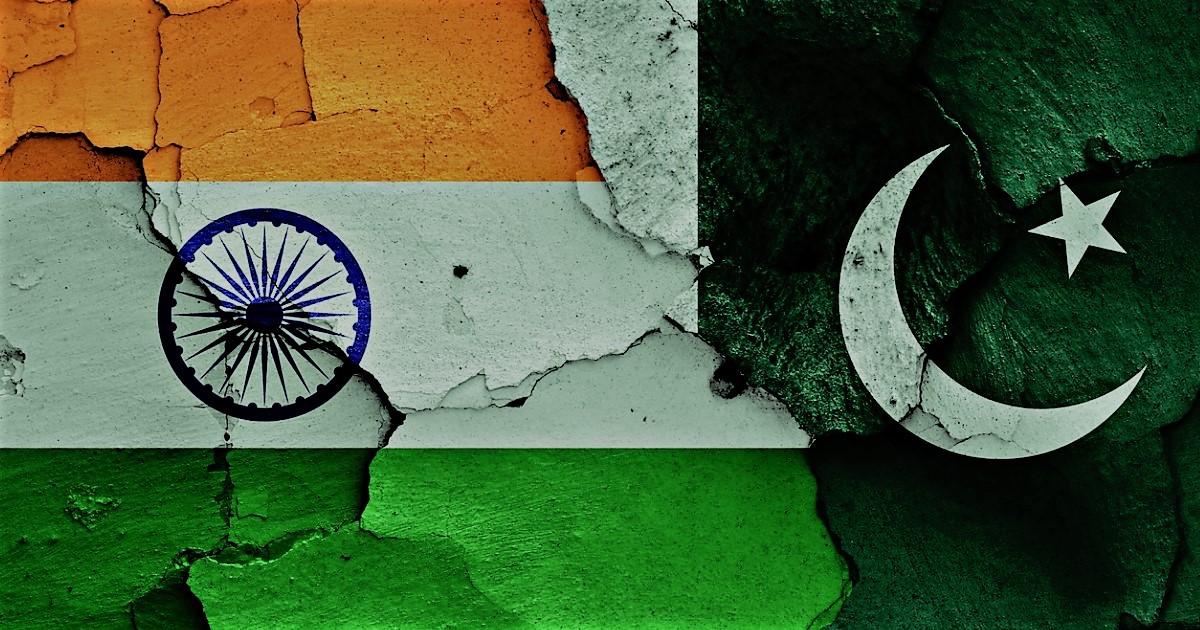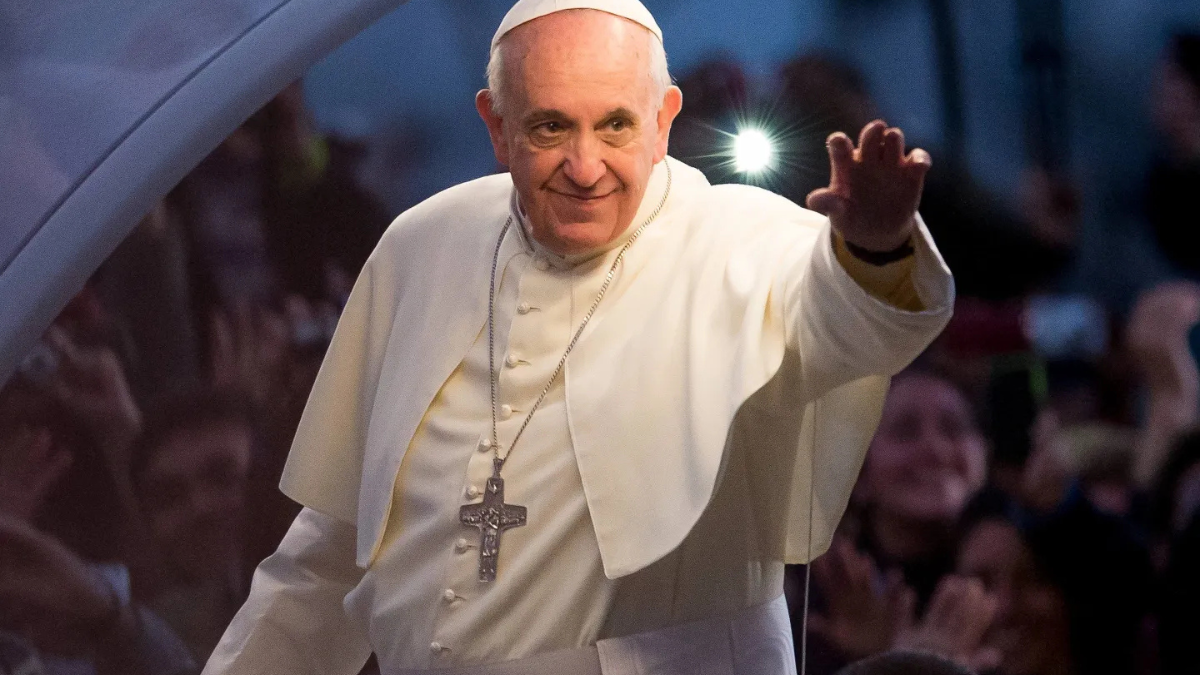

Articles
Revisiting “The Most Dangerous Place in the World”
[Editor’s Note: This article is one in an occasional series entitled “Know Your Square Inch,” Roberto Rivera’s nod of the head to Abraham Kuyper’s famous claim that every square inch of creation belongs to Jesus Christ. That being the case, Roberto seeks to inform American Christians of important global issues that may be unfamiliar to them.] [Author’s note: Much of this column was previously published on Breakpoint.org. In the 20 months since then, the “most dangerous place in the world” has gotten even more dangerous. So, it’s time to bring you up to speed. Or at least I think so] On February 28, Pakistan claimed that it had shot down two Indian Air Force jets and captured at least one IAF pilot. For its part, India claims to have shot down one Pakistani Air Force plane. Since February 14th, India and Pakistan have been exchanging fire over what is known as the “Line of Control” or LoC, as it is more commonly called. The precipitating event in this latest round of skirmishes was an attack by the terrorist group Jaish-e-Mohammed (JeM) which killed forty Indian troops. As the words “latest round” suggest, there’s nothing new about the two countries shooting at each other across the LoC. But when the fourth and, at least, tenth-largest air forces in the world start going at it, then things can go western very fast. Then, of course, there are the nukes. If you ask an American where nuclear weapons are most likely to be used, they will probably reply “North Korea.” While that’s an understandable reply, it’s wrong. The correct answer is “South Asia,” i.e., Pakistan and India. Why? In a word, Kashmir. Not the sweaters or the classic Led Zeppelin song. I’m talking about the absolutely gorgeous Indian state that has been called “the most dangerous place on Earth.” To understand what makes Kashmir so dangerous, a history lesson is necessary. As everyone who has ever seen the movie “Gandhi” knows, in 1947 what was then British India—modern-day India, Pakistan, and Bangladesh—was partitioned along religious lines. In the parts of India that were under direct British control, the results were ghastly. In what would today be called “ethnic cleansing,” between 10 and 12 million people fled their homes and anywhere from several hundred thousand to 2 million people were killed. Making matters even worse, or at least more complicated, was that the British didn’t directly control all of India. At the time of partition, there were nearly 600 “princely states” in the subcontinent ruled by maharajas, nizams, and sultans of various stripes. Some of these were the size of a city park, and others, like Kashmir, were larger than many western European countries. To greatly oversimplify the tale, through a combination of bribery, arm-twisting, and intimidation, virtually all of these rulers chose to become part of either Pakistan or India, a process formally called “accession.” Making matters simpler was that virtually all of them shared the same religion as the majority of their subjects. The biggest exception on both of these counts was Kashmir. Its ruler was Hindu while the majority of its people were Muslims. Once again, to greatly oversimplify, after contemplating outright independence, Kashmir’s ruler “chose” to join India. I say “chose” because the circumstances under which Maharaja Hari Singh signed the Instrument of Accession in October, 1947 is, to put it mildly, contested. What is certain is Pakistan’s outage over the accession. Not without reason, it believed that by the norms that had been established during the partition of the subcontinent, any Kashmiri accession, if there was to be one, should be to Pakistan. After all, when the shoe was on the other foot in the princely state of Hyderabad, India didn’t hesitate to use force to make sure that Hindu-majority state joined India no matter what its Muslim ruler thought. The immediate result was the first of several wars between India and Pakistan over Kashmir. By the time a cease fire came into effect on January 1, 1949, India controlled the eastern two-thirds of the former princely state and Pakistan controlled the rest. The imaginary line, which is not a formal border since that would involve both sides quitting their claim to the entirety of Kashmir, dividing the two eventually became known as the Line of Control. Since then Pakistan and India have fought at least two more wars, including the 1971 war that helped create Bangladesh. The lesson Pakistan learned from its military losses was that it could not hope to prevail in a conventional war with its neighbor. So it switched to fighting an unconventional war by supporting Islamist terrorist proxies such as Lashkar-e-Taiba, Harkat-ul-Mujahideen, and as India alleges, Jaish-e-Mohammed. Lashkar-e-Taiba (“The Army of the Righteous”) in addition to its actions in Kashmir, has been linked to the 2008 attacks in Mumbai, and, possibly, the 2010 failed car bomb in Times Square. The policy was to “bleed India with a thousand cuts.” In addition there have been numerous Pakistani incursions across the LoC, some of which allegedly include the beheading of Indian soldiers. Then things got really serious. In 1974, India tested a nuclear weapon named, believe it or not, “Smiling Buddha.” Pakistan’s prime minister Bhutto (the father not the daughter) pledged to build one of Pakistan’s own even if his people had to eat grass. Thanks to A.Q. Khan, it didn’t come to that. By 1983, Pakistan had what it needed to build its own nuclear weapons and India knew it, which was the point. By 1999, following Indian tests in Rajasthan, which, not coincidentally, borders on Pakistan, Pakistan conducted its own public test. As if to demonstrate how bad things could get, later that year India and Pakistan waged a two-month war that came close to becoming a nuclear one. There are credible reports that Pakistan considered using nuclear weapons, which would have prompted India to do the same. Thankfully, forceful American diplomacy helped to de-escalate that conflict before the worst happened. Since 1999, Pakistan has introduced tactical nuclear weapons, a.k.a. “battlefield nukes,” into the mix, which should cause Americans to lose far more sleep than any threat originating out of Teheran Since 2016, Kashmir has been in an almost constant state of unrest, which while not caused by the Pakistanis – Indian ham-handedness and human rights abuses managed this all on their own – has been taken advantage of by them and their terrorist proxies. A settlement that all three parties—the Indians, Pakistanis, and, let’s not forget, the Kashmiris—will find acceptable is impossible to imagine. Prime Ministers Imran Khan and Narendra Modi are trying to keep matters from spinning out of control. Khan’s biggest obstacle is that he’s not really in charge – the military is. Calling a meeting of Pakistan’s National Command Authority, which controls the nukes, isn’t reassuring. As for Modi, the Indian public, especially the media, is feeling, let’s just say, increasingly truculent. Not that I can blame them. In many ways, India’s restraint in the face of Pakistan’s provocations has been admirable. As of this writing there are signs that the parties may be prepared to back away from the precipice. Again. For now. Since, as I said earlier, a mutually-acceptable to the problem of Kashmir is impossible to imagine, it’s only a matter of time before “Midnight’s Children” are back at it again and next time the question about where nuclear weapons will be used in anger may have its answer: think biryani, not kimchee. Roberto Rivera is a Senior Writer for BreakPoint
03/1/19















